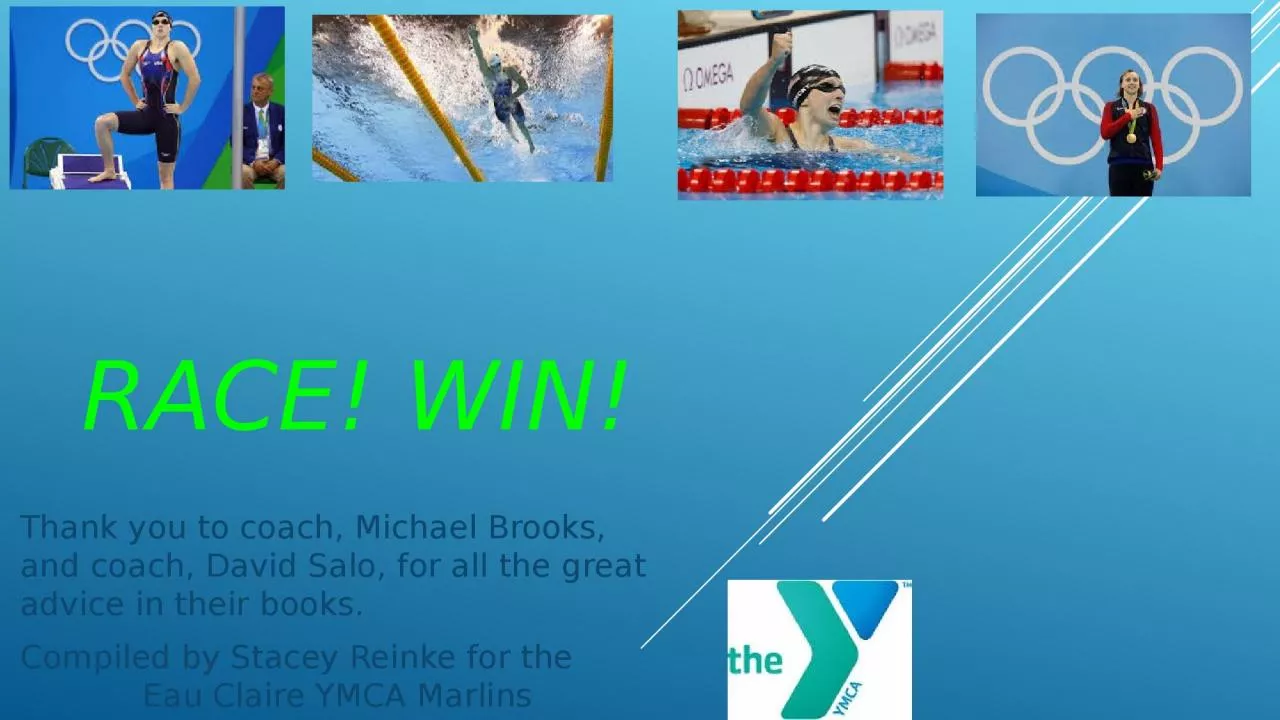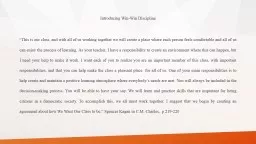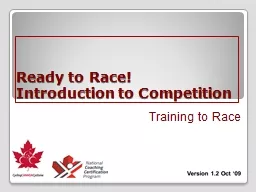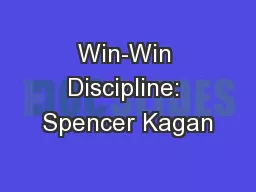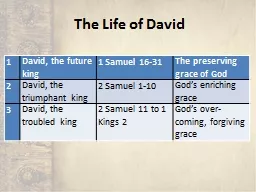PPT-RACE! WIN! Thank you to coach, Michael Brooks, and coach, David Salo, for all the great
Author : naomi | Published Date : 2023-06-23
Compiled by Stacey Reinke for the Eau Claire YMCA Marlins Benjamin Franklin once said By failing to prepare we prepare to fail s o Marlins lets prepare
Presentation Embed Code
Download Presentation
Download Presentation The PPT/PDF document "RACE! WIN! Thank you to coach, Michael ..." is the property of its rightful owner. Permission is granted to download and print the materials on this website for personal, non-commercial use only, and to display it on your personal computer provided you do not modify the materials and that you retain all copyright notices contained in the materials. By downloading content from our website, you accept the terms of this agreement.
RACE! WIN! Thank you to coach, Michael Brooks, and coach, David Salo, for all the great: Transcript
Download Rules Of Document
"RACE! WIN! Thank you to coach, Michael Brooks, and coach, David Salo, for all the great"The content belongs to its owner. You may download and print it for personal use, without modification, and keep all copyright notices. By downloading, you agree to these terms.
Related Documents

